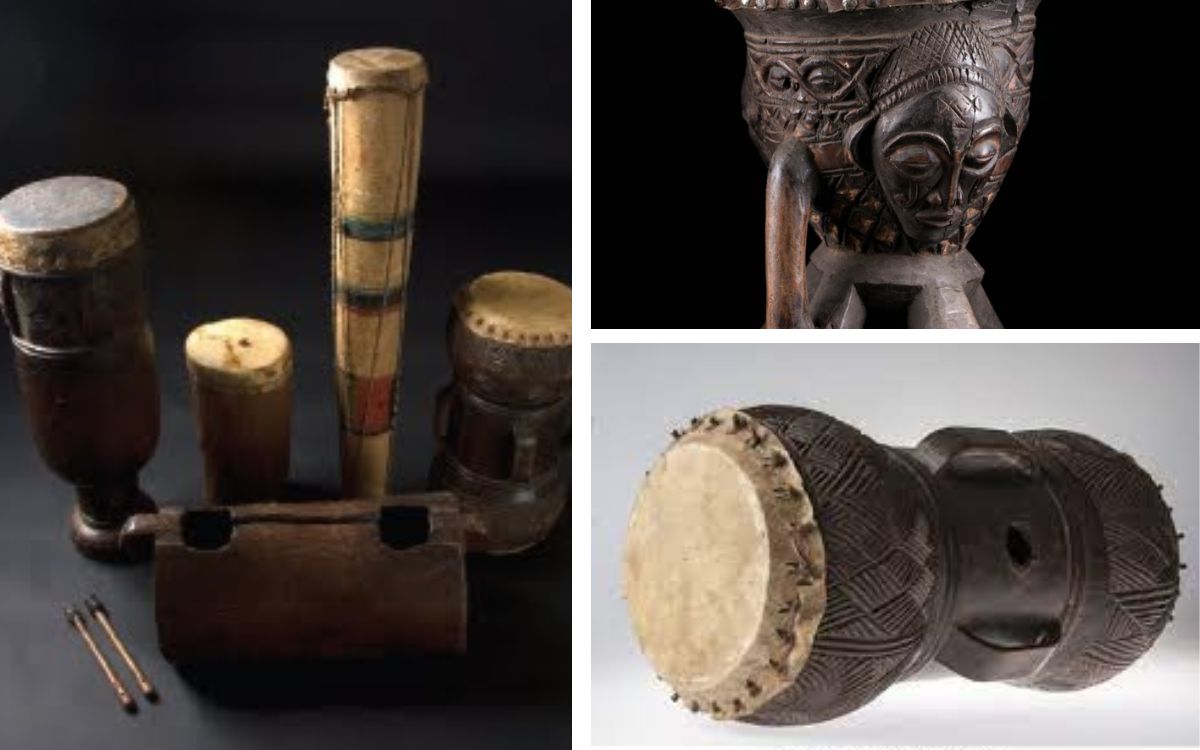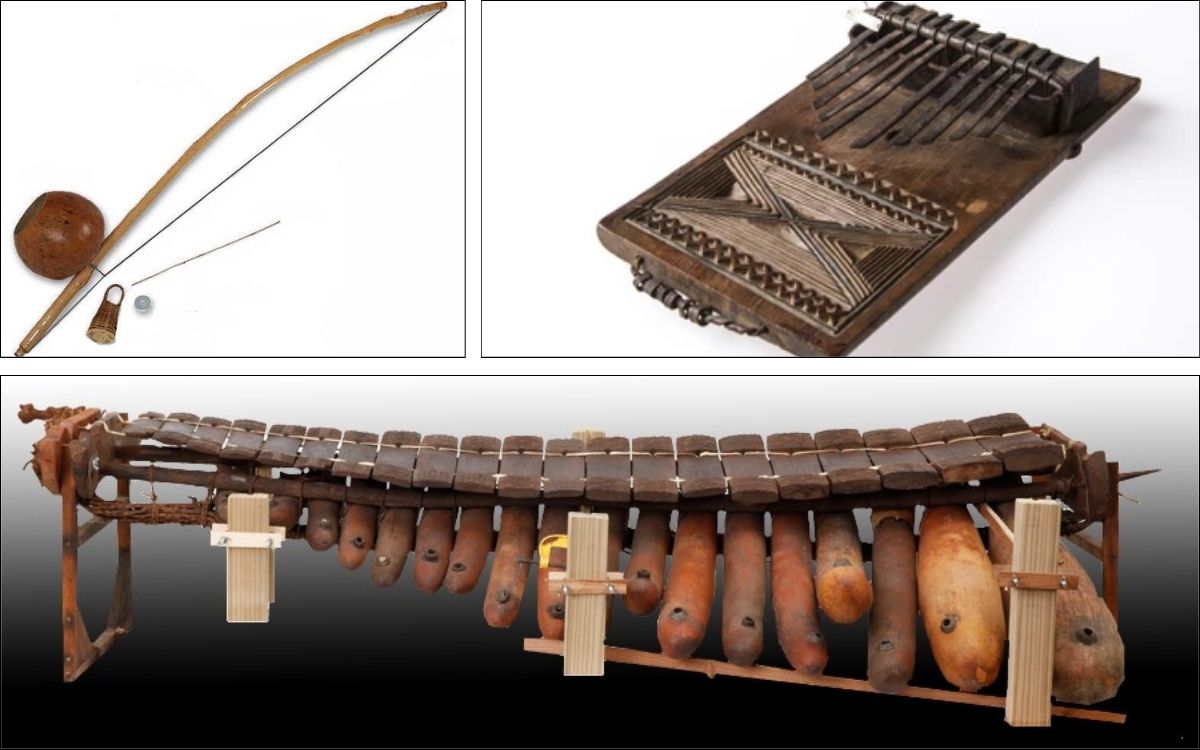The mixture of Portuguese and African culture has made urban Angola, especially the Luanda region, more like a Latin American than an African country. Pre-colonial culture in Angola was broadly similar from one end of the country to another, albeit with local variations and some differences stemming from the many, though mostly related, languages spoken in the area. A common traditional culture is still noticeable in Angola.

Folk Dances
Typical Angolan dance-à-deux styles are the Semba and the Kizomba. In the late 90's the Tarrachinha style of dancing became the favorite among the youth. Semba is a more formal ballroom dance. It's usually a dance-à-deux but it can also be a chance for soloists to take to the floor. Kizomba is a dance and musical genre that originated in Angola in 1984. Kizomba means "party" in Kimbundu, a Bantu language spoken by the Ambundu in Angola. Kizomba is one of the most popular genres of dance and music originating from Angola. It is a derivative of semba, with a mix of Kilapanda and Angolan Merengue, and sung generally in Portuguese. It is music with a romantic flow. It was the Kimbundu name for a dance in Angola as early as 1894.

Folk Music
A traditional Angolan trumpet and panflute. Semba is the predecessor to a variety of music styles originating in Africa. Three of the most famous of these are Samba itself, kizomba, and kuduro.

Traditional Instruments
Angola has many traditional instruments, including the ngoma, a bongo drum, and the mpwita, a drum originally found in Kongo. Also noteworthy are the mpungu, a trumpet, and the Luandan hungu, equivalent to the mbulumbumba of southwestern Angola, both types of gourd-resonated musical bow.

Folk Art
Angolan artisans work in wood, bronze, ivory, malachite or ceramic mediums. Each ethno-linguistic group in Angola has its own unique artistic traits. Wood, clay, copper, reeds, ivory, shells, and the human body are the main media for Angolan decorative arts. The wooden sculptures of the Chokwe people, the carved ivories of Cabinda, and the elaborate hairstyles of the Nyaneka and Nkhumbi peoples are especially famous.

Cuisine
With influences from Portuguese colonization, food in Angola has evolved to include a variety of ingredients and cooking styles. From African staples like cassava and maize to seafood-based dishes, Angolan food offers plenty of unique flavours. Grilled meats, stews and soups are commonly served alongside vegetables like cassava leaves, okra or sweet potatoes. Muamba de Galinha, a popular chicken stew, seafood dishes like grilled shrimp and fish stew are also popular. Other popular dishes include Piripiri Chicken, Calulu de Peixe, Funge, Mufete, Calulu, Jimboa, Kizaca, Cachupa, Kissangua, Mukua.
Language
Portuguese is the only official language of Angola, but 46 other languages are spoken in the country, mostly Bantu languages. The most widely spoken indigenous languages are Umbundu, Kimbundu and Kikongo, Chokwe, Ovimbundu, Bakongo.